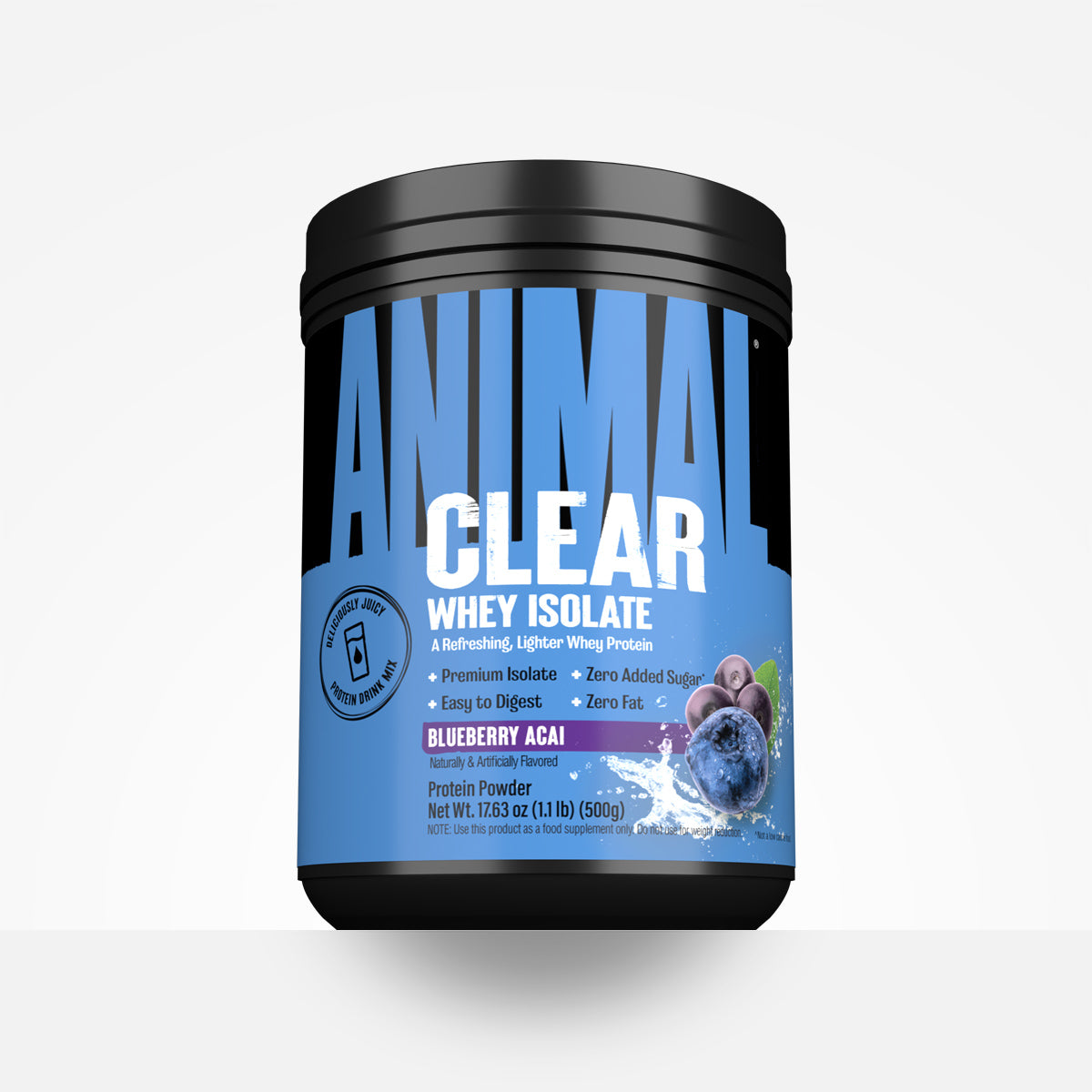Last month I went over how you can set yourself up for a successful workout even before you step foot in the gym. In this month's article, I go over three bonus strategies for better PRs and Pumps.
1. Gym Bag Ready
Have you ever gotten to the gym only to find out you forgot your headphones at home? Now you have no choice but to listen to the gym playlist of soft rock and everyone’s mouth breathing while you lift. It’s not that I can’t work out without headphones, it’s that I prefer not to. I like putting in my headphones, zoning out everything around me, and being in control of my music. Before I head out I do a quick gym back check to make sure I’m not leaving anything out.
My gym bag staples:
- Headphones
- Lifting Straps
- Ankle Straps for cable work
- Proper Lifting Shoe
- Lifting Lever Belt
- Knee Sleeves
- Micro Plates
- Juiced Aminos
2. Warm Up/Prehab Work
By now we should be well-rested, hydrated, fed, and energized. So, we’re ready to go hit the weights and smash it right? Well, we could, but I want to minimize my chance of injury as much as possible, increase mobility, stability, and range of motion and make sure I’m primed for the workout to come. It’s reported that 65% of injuries are due to overuse and muscle imbalances so this is something that we should keep in place to be better athletes. Your warm-up should be specific to the type of workout you’re doing for the day and/or designed to correct any dysfunctions within your body. For example, if I plan on doing a lower body workout my warm-up includes mostly lower body exercises. These movements also help correct my poor internal rotation of the hips, restriction of tibia rotation, and lumbar spine mobilization. Being an athlete, you can never fully prevent injury, but you can prepare your body to better handle movements and increased load so that it is less likely to happen.
Warm-Up/Prehab work to include:
- 10 minute walk on the treadmill
- Lacrosse Ball Rolling and Foam Rolling, focus on areas that tend to be chronically tight
- PNF Stretches (Proprioceptive Neuromuscular Facilitation Stretching) relies on reflexes to produce deeper stretches that increase flexibility
- Resistance Band Exercises, e.g. banded internal and external hip rotations
- CARs (Controlled Articular Rotations) will help you maintain your range of motion.
3. Visualize Workout
Last but not least, visualize your workout. Since I’m an early morning lifter I have my workout of the day in the back of my mind from the time I wake up. While I’m preparing my pre-workout meal, sipping on my pre-workout drink on the way to the gym, and going through my prehab exercises I’m mentally getting prepared for what needs to be done. This has become such an automatic part of my routine that I don’t actively have to think about it, it just happens, much like breathing. By the time I hit the gym floor and load my machine for the first lift, I’m not only physically prepared for what’s to come but I am mentally prepared as well. I will also go over my log book and review my set, rep, and load targets for the session to come. I have a set plan for what needs to be accomplished which leaves no room for second-guessing the plan.
Whatever helps you visualize and prepare for your workout, do that. Sitting in your car for 10 minutes blaring death metal, watching your favorite athlete on YouTube while you do warm-up cardio, or sitting cross-legged like a Zen Monk in silence. Visualizing your workout and getting in the right head space will look different for everyone. Do this enough and it will become second nature for you.


















